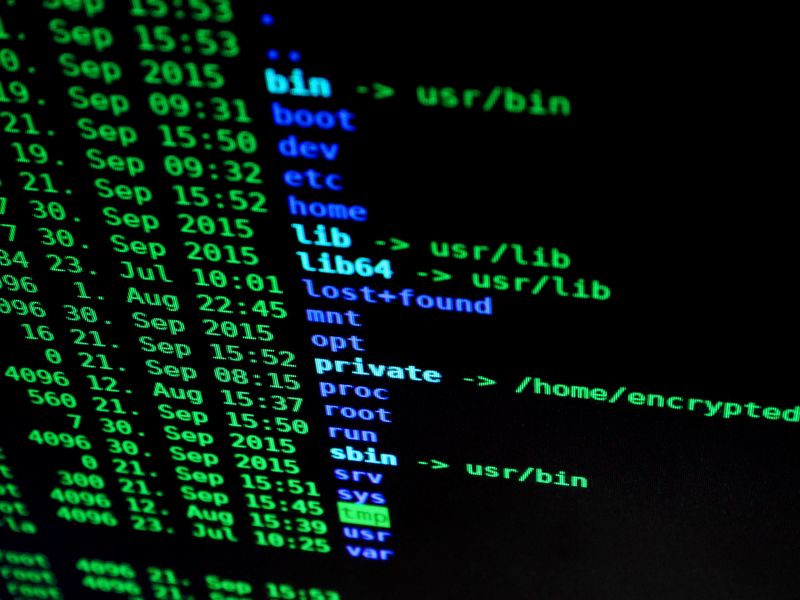Exploit Steals Passwords: A New Threat to WiFi Security
The Background
In the ever-evolving landscape of cybersecurity threats, researchers from universities in China and Singapore have unveiled a new security gap that allows attackers to steal passwords by tapping into the user’s keystrokes. Termed as “Wiki-Eve,” this attack takes advantage of a feature in wireless communications called beamforming feedback information (BFI), which is a component of the widely used 802.11ac WiFi standard.
Understanding the Vulnerability
Beamforming feedback information (BFI) is utilized by devices to precisely transmit signals to specific routers, rather than dispersing them in all directions. However, BFI has a major flaw – it transmits data in cleartext, eliminating the need for physical hacking or cracking encryption keys. Taking advantage of this vulnerability, the researchers were able to capture the cleartext transmissions and identify a user’s device.
Unlike older side-channel attacks, Wiki-Eve does not require planting rogue programs or setting up additional links to intercept a user’s keystrokes. Instead, it simply overhears the BFI transmitted from a smartphone to an access point in cleartext. Once intercepted, a deep-learning model can track the variations in wireless signals between the device and the base station, allowing the attackers to infer what keys were pressed.
The Implications
The researchers demonstrated that Wiki-Eve achieved 88.9% accuracy in inferring individual keystrokes and up to 65.8% accuracy in stealing passwords from mobile applications. Although the tests focused on numerical passwords, the exploit highlights the potential for hackers to gain access to sensitive information, including financial credentials and personal data.
This discovery adds to a growing list of side-channel attack methods, which exploit various aspects of a system’s operation to extract sensitive information. Such methods include acoustic cryptanalysis, cache attacks, electromagnetic analysis, and thermal attacks.
The Defense Strategy
To protect against this specific threat, the researchers propose a direct defense strategy – encrypting data traffic. By encrypting the transmitted data, users can prevent attackers from obtaining BFI in cleartext, rendering the exploit ineffective. However, it is crucial to note that this defense strategy applies to all forms of communication, not just WiFi networks.
Recommendations for Users
To safeguard against emerging threats like Wiki-Eve and to maintain data security in an increasingly connected world, it is imperative for individuals to adopt a multi-layered approach to internet security. Here are some key recommendations:
1. Enable Encryption:
Enable encryption mechanisms such as HTTPS and transport layer security (TLS) whenever possible. This ensures that the data exchanged between your device and a website or server remains encrypted and protected from eavesdropping.
2. Use Virtual Private Networks (VPNs):
VPNs create an encrypted tunnel between your device and the internet, ensuring that your data traffic remains secure even on public WiFi networks. Look for reputable VPN providers that prioritize strong encryption protocols and do not retain user logs.
3. Regularly Update Software:
Keep your operating system, applications, and security software up to date. Regular updates often address known vulnerabilities and help protect against emerging threats.
4. Practice Strong Password Hygiene:
Use unique and complex passwords for each online account and consider using password managers to securely store them. Enable multi-factor authentication whenever possible to add an extra layer of security.
5. Be Mindful of Public WiFi Networks:
Exercise caution when connecting to public WiFi networks, especially ones that do not require a password. Avoid transmitting sensitive information or accessing important accounts when connected to untrusted networks.
6. Stay Educated and Vigilant:
Keep yourself informed about the latest cybersecurity threats and best practices. Be wary of suspicious emails, links, or attachments, and report any potential security incidents to the appropriate authorities.
The Way Forward
While the discovery of Wiki-Eve highlights another potential avenue for cyber attackers to exploit, it is essential to remember that advancements in technology are often accompanied by new risks. As individuals and society continue to rely on technology, striking a balance between convenience and security becomes crucial. Both policymakers and technology companies must prioritize investing in robust security measures, promoting awareness, and fostering collaboration to protect users from such emerging threats.

<< photo by Nicholas Githiri >>
The image is for illustrative purposes only and does not depict the actual situation.
You might want to read !
- The Growing Divide: Online Scams Targeting the Young Leave Seniors Unscathed
- Supply Chain Security: A Strategic Solution for a Resilient Future
- Breaking Down the Communication Barrier: Bridging the Gap Between CISOs and the Board
- Zenbleed: Unmasking the Vulnerability of CPU Performance to Password Security Threats
- The Evolution of Passwords: Decoding George Washington’s Digital Identity
- Password Rules: Do They Really Protect Against Cyberattacks?




